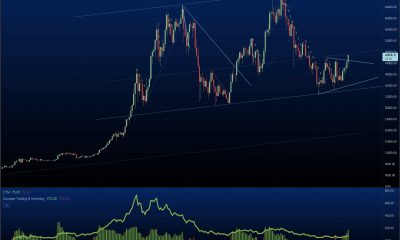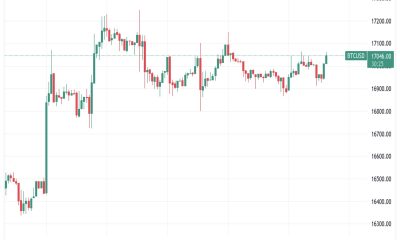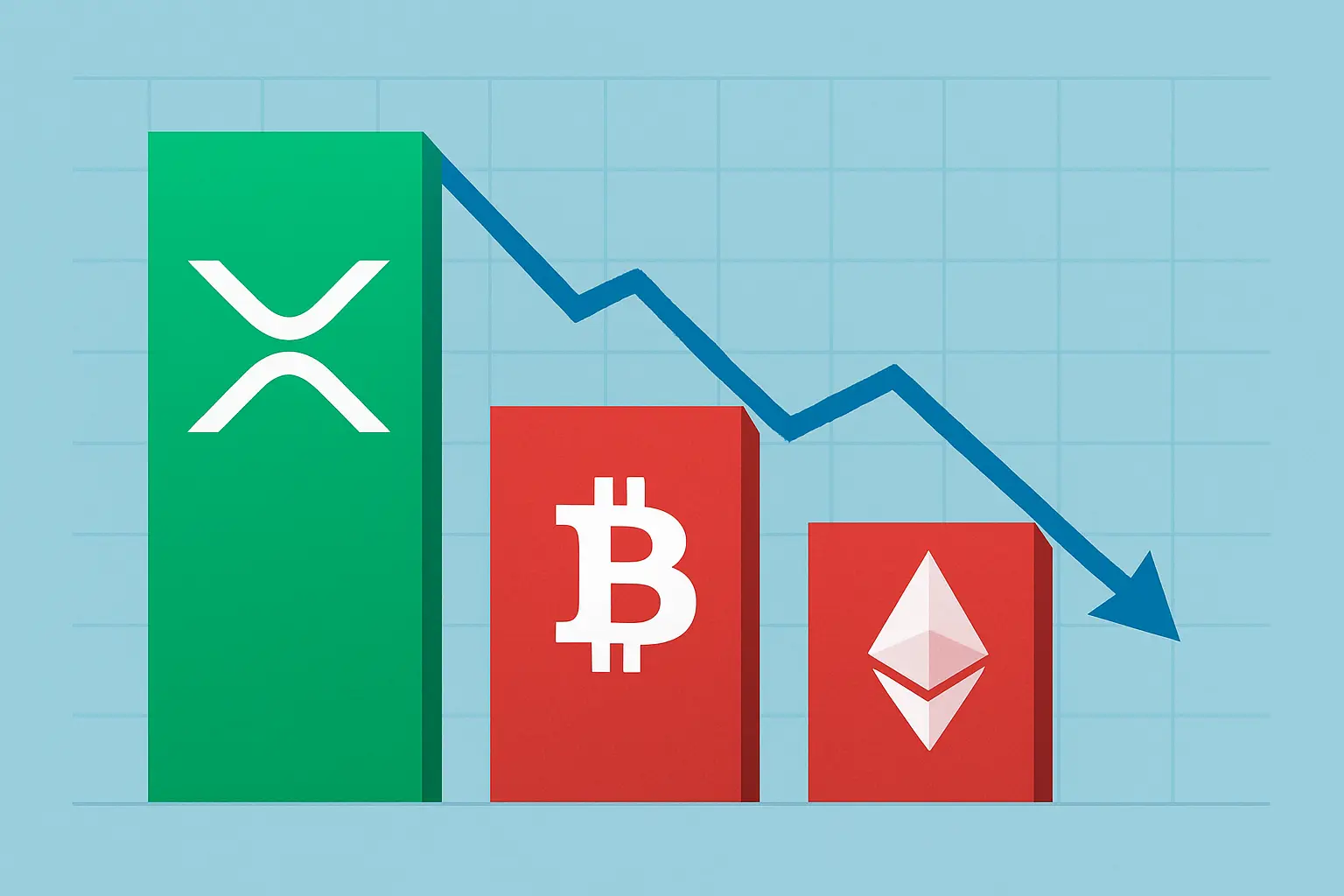Altcoin News
Managing Risk in the Cryptocurrency Market

Volatility equals risk and since cryptocurrencies continue to be some of the wildest financial assets, there must be some way to handle them professionally and exploit the volatility to our advantage. Possibilities might be endless, but to make things simple, we’ve reduced managing risk in the cryptocurrency market to three easy methods.
#1 Trading Liquid Cryptocurrencies
Although they’re not stablecoins, cryptocurrencies like Bitcoin, Ether, XRP, or Litecoin continue to be the most liquid cryptocurrencies. With tens of billions in adjusted daily volumes, it’s easier to find opportunities with them and you’ll have to confidence that each significant market move is backed by at least several billion dollars.
Daily price ranges will be smaller most of the time (although sometimes volatility will spike), but your goal is to have consistent returns while being able to manage the risk. It may be that some coins will eventually “rise to the moon”, but at the same time, they can go to zero. Don’t search “the next big thing”, if you want to keep risk under control.
#2 Diversification
Opportunities will arise in a variety of cryptocurrencies. Even though Bitcoin continues to be the main market mover, we can easily notice that there is no 100% correlation with Altcoins. Each large-cap token has some unique characteristics and as a result, their performance will be different over time.
That’s good news for you because diversification will help you keep risk under control when a part of your portfolio is not performing well. Unfortunately, you won’t be able to foresee all negative events, so make sure you are diversified and involved in not just a single cryptocurrency.
#3 Using risk management tools
Whether you use a cryptocurrency exchange platform, or you trade contracts via a brokerage account, it’s important to always use risk management tools. A stop loss is a must if you want to limit your losses when the market works against you. If you have your tokens on an exchange, place sell limit orders, so you’ll get out when the market drops, even though you’re not at your desk.
Things will happen, whether you like it or not. It’s good to have an exit plan, in case the market will be influenced by an unexpected event. The use of risk management tools does not apply when it comes to longer-term investments, but even in that case, it will be wise to keep a portion of your holdings on an exchange, in order to get out fast, if needed.























